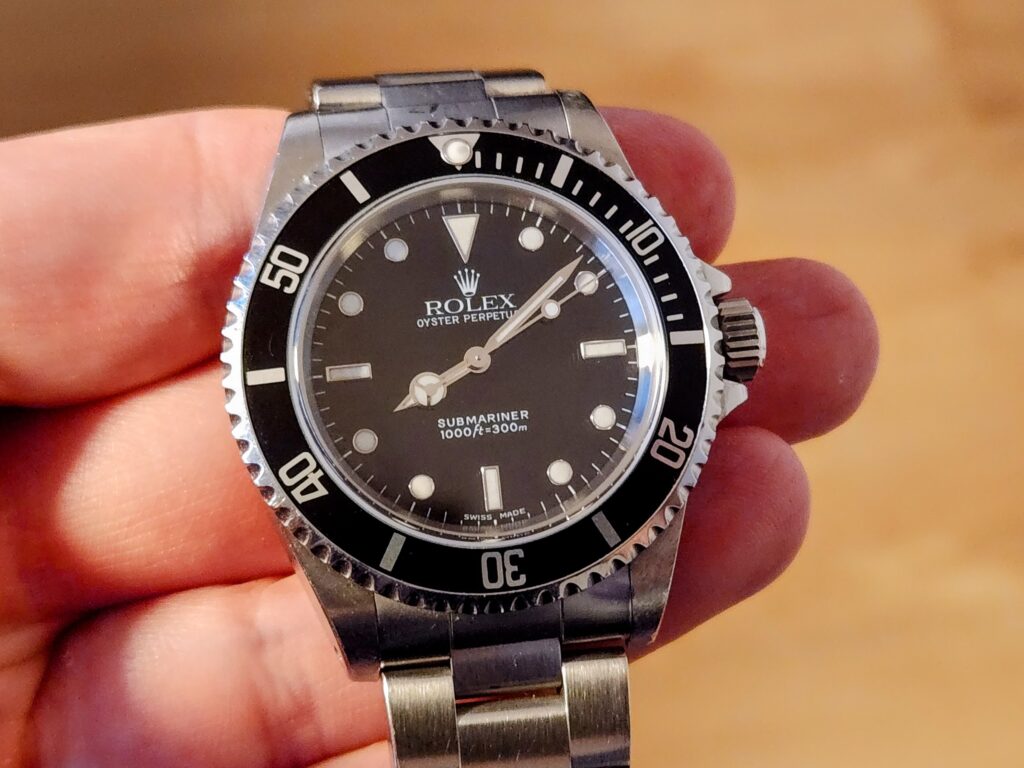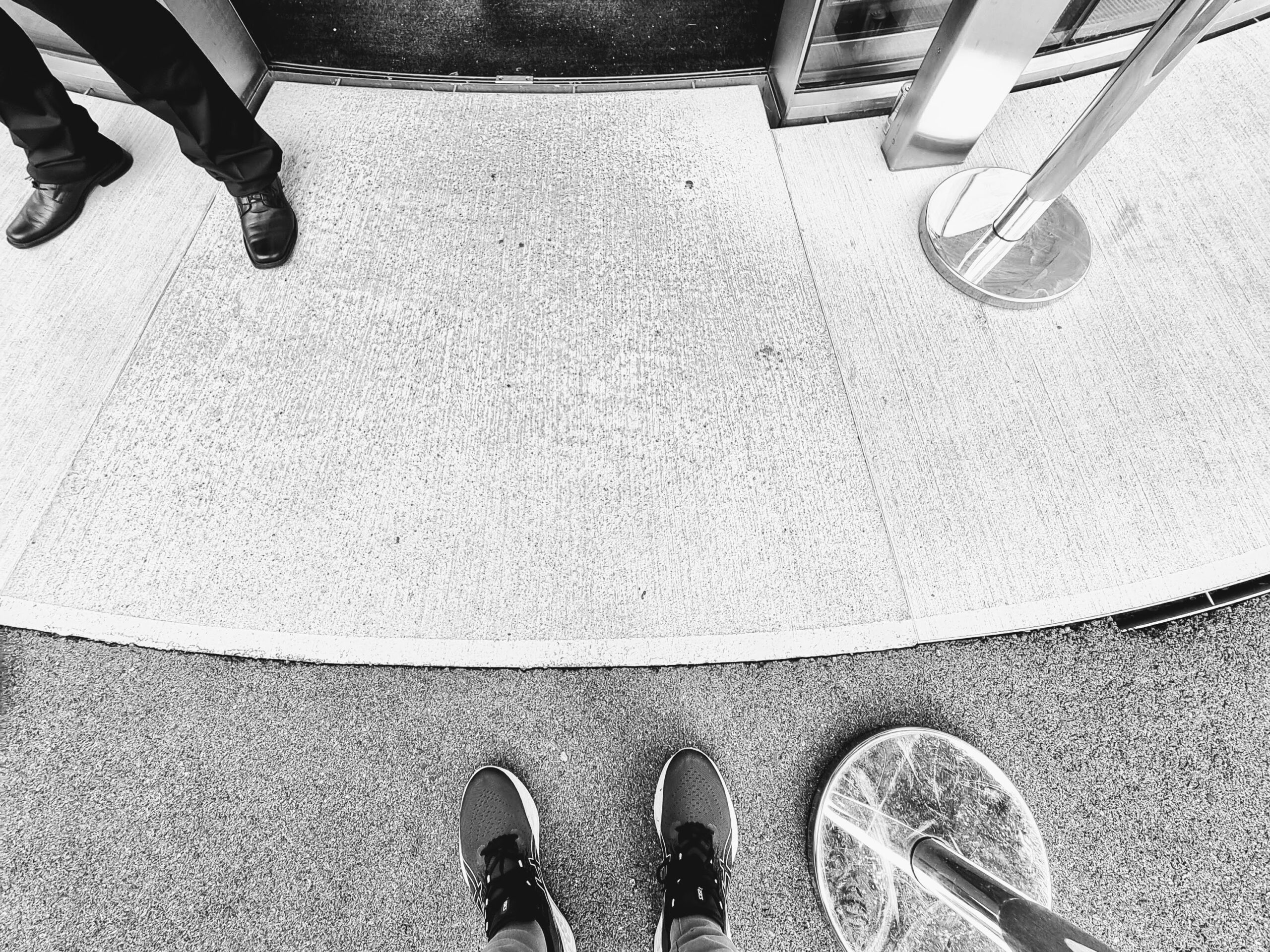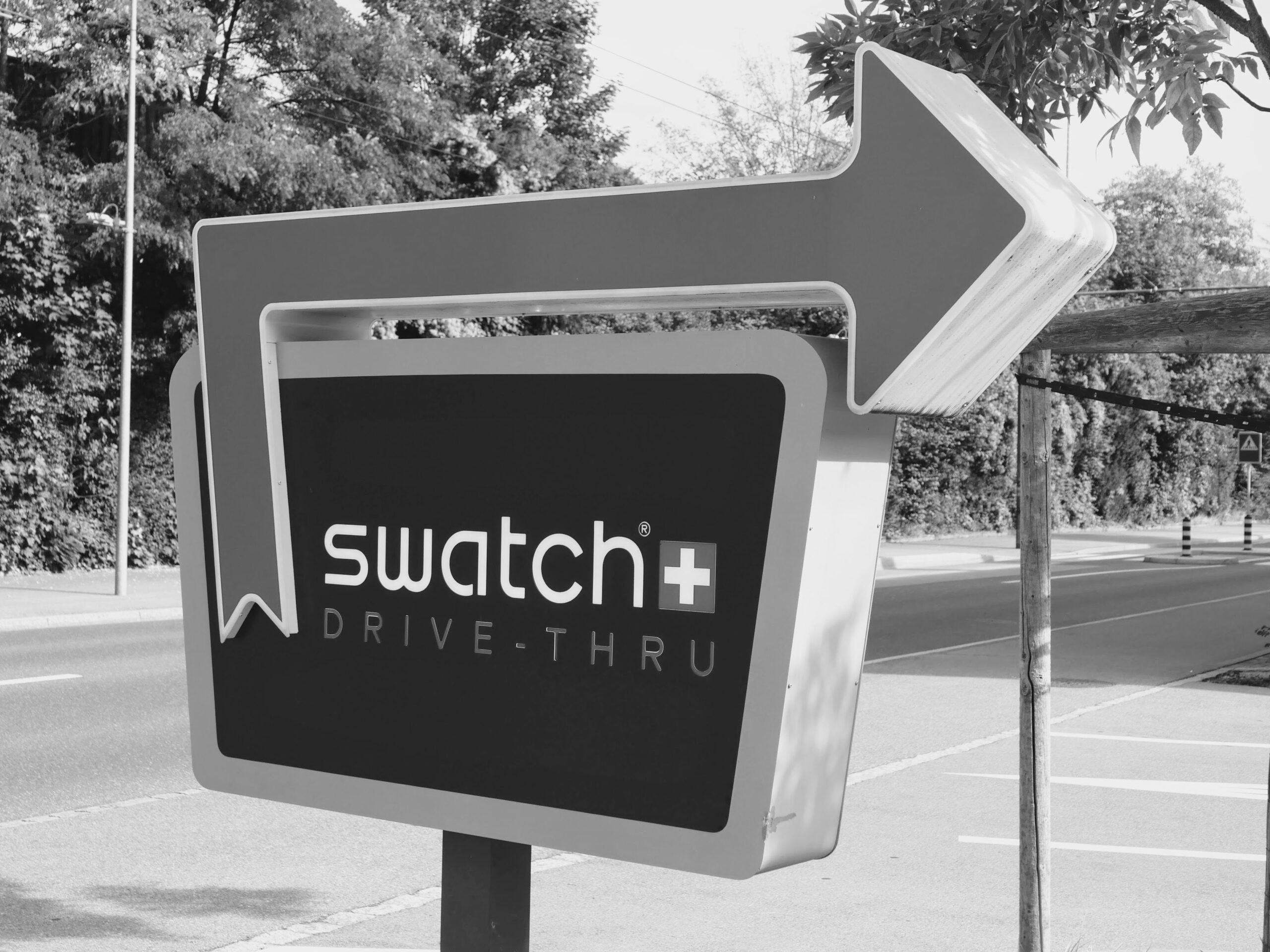
This article was originally published when the blog was focused on Bienne, under the name Made in Bienne. The concept has since evolved to also cover the watch scene across the rest of Switzerland.
—
Although Marc Montagne has become a close friend over the years, I am first and foremost a fan (please don’t tell him). We met in 2015 after I reached out as a reader of his excellent Quora contributions and as a user of his Toolwatch app. I’m also now a listener of his Répétition Minute podcast, on which he kindly invited me to talk about Made in Bienne last year. He is my reference point when it comes to good taste and right choice in watches. Marc has saved me so many times from making a bad purchase (he is painfully honest) that I probably owe him a few months of my salary by now.
When Marc published his book, “Invest in Watches: the Art of Watch Collecting” in August 2022, I knew it would be fun to read (Marc is fun to read) but I wasn’t expecting to learn much. After all, I’ve spent not to say wasted so much time geeking into the watch world that a 300 page book covering all sorts of watches can only be too introductory for me. Well, I was wrong. While the book is clearly targeted to those just getting serious about the hobby, I ended up learning a lot more than I ever expected. That is what motivated me to interview Marc for this blog. But of course, in order to do it right, it couldn’t be just a generic discussion about the book: this one is focused on “made in Bienne” watches.

Why did you write this book?
First, out of personal interest in watch collecting and its inevitable financial aspect. The financial side of collecting was gaining more and more importance, not just among collectors but also within the general public. Second, I’ve always wanted to write something. Covid accelerated things. The project helped me not go crazy while I was locked in my Geneva apartment.
The title is almost provocative. Can you talk about your philosophy of “investing”?
The title is clearly “in your face”. It’s not as nuanced as the following 300 pages. The aim was to have something eye-catching and direct. More importantly, it shows the straightforwardness of how I address the question. I wanted to make clear I wasn’t going to shy away from anything.
My vision of “investment” in the book is not about how to flip or about watches as just any asset alternative like whiskey or sneakers. But I didn’t want to be angelical either and claim money doesn’t matter.
Over the years, I’ve observed that very humble collectors, like I was in my early days, as well as the most financially capable ones, all have in common not wanting to waste their money or get ripped off. Money and the notion of investment is there whether we like it or not. My goal is to show how to make a good investment, in all possible meanings, for a horological purchase.

Your book came out a year ago. Who has been your audience?
I’ve been pleasantly surprised at how global the readership is. A lot of people in the US and Europe, as expected, but also Japan, Australia and India for example. It’s a majority of men but I also get quite a lot of questions and feedback from female collectors. Overall, the average is between 25 and 35, so really quite young.
The book is meant to be easy for beginners, really accessible. But I always wanted to be deep and precise enough so that an experienced collector can take something out of it.
How have you seen the market evolve over the past 10 years? What about the past year?
When you like watches, you look at listings and cannot but notice the evolution of prices. About a decade ago, many of the watches you cannot get today were not being sold. A Royal Oak, a Sub, a GMT, a Nautilus: not only could you get them immediately, you would usually be able to pull-off a discount.
One of my first watches was a no-date Rolex Submariner. I paid 3k euros, with 20% off, brand new. It all evolved little by little into the market we know today: wait lists and contemporary watches selling for sometimes absurd multipliers of their retail value.
Over the past year, we’ve seen a return to a sense of “normality”. Those watches still trade well over retail but things have definitely calmed down. I would look at this as a correction in market value. What’s important to note is that none of those high demand watches are easily obtainable at retail, and that still might not change anytime soon.
Now let’s talk about Bienne a bit. What are your icons from the city?
First, I’m really happy to talk about Bienne. My heart usually leans towards watches from Geneva or the Vallée-de-Joux. It’s refreshing for me to talk about Bienne watches too.
When you say Bienne, I of course think of Rolex, but what first comes to mind is Omega. And when you say Omega, it’s inevitably the Speedmaster.
Regarding Rolex, I know their largest production site and original history are in Bienne. But I walk in front of the Geneva HQ every morning, so the connection in my mind is not quite as strong. To answer your question though, without hesitation the Submariner. The Sub defines Rolex. It’s the watch that ticks all the boxes, suitable underwater and in a suit, as the advertising famously claims. It’s the most copied, “homaged” watch in the world.

Speaking of Rolex still, from a collection and investment perspective: what has struck you must in the Rolex market lately? What are your tips for existing or aspiring collectors?
Rolex is fascinating, both as a collector and a professional in the industry. The brand perception, the history, how it’s managed, the recent move into CPO, the Bucherer acquisition, the iterative product launch approach, the movement strategy, the pursuit of precision, resistance, waterproofness, etc. Such wealth to explore.
There are really 2 big ways to look at Rolex: contemporary and vintage. Contemporary is a bit boring, even if the products are amazing. The fact that basically no model can be obtained “normally” makes it frustrating. Some brands have this for 1 or 2 models. For Rolex, it’s just about the entire catalog. We’ve all seen those empty or “exhibition only” displays in just about every city worldwide.
That brings us to vintage, where products are by definition instantly accessible, and sometimes cheaper. 2 “anomalies” are particularly attractive in my view here.
The first is the Datejust. A vintage one is visually extremely similar to a contemporary one. And while it’s not as bad as 18 months ago, even a simple stainless steel DJ can require some wait from an authorized dealer. A vintage one will cost about 40% less, and give you something very comparable. You can also spice things up by looking for a birth year one. Also, it’s much less risky territory than for some of the higher-end vintage Rolex models, like a Sub, Daytona or GMT. There, restored dials and changed pieces can lead to very bad surprises.
Hunting for the right year DJ is a great way to learn how to distinguish Rolex models according to the year, finding serial numbers, bracelet references, and assess the condition of a watch.
That in my view is a very good “investment”. Sure, you won’t go 15x and become a billionaire. But if you do things right, you won’t lose money. The piece will retain value and maybe gain some. It’s a Rolex icon with the charm of vintage.
For similar reasons, I also see great opportunities on Day-Dates. It’s another iconic model, and actually the flagship in Rolex’s lineup. Today, you can get one vintage for literally 50% of current MSRP, all in precious metals. It’s a great buy that will keep value and most likely increase.

As you mentioned earlier, Rolex announced CPO last year and now just purchased Bucherer. How do you predict this will impact Rolex prices over time?
I’m not even sure prices will be impacted. There are so many other factors, external ones, that influence price. This will probably not really move things. For instance, when John Mayer was featured in Hodinkee wearing a green dial gold Daytona, that had much more impact on market price than could any structural reorganization within Rolex distribution. At the end of the day, it’s first and foremost about demand, and of course supply.
Now let’s go a few bus stops away: Omega. Same questions as before: what are your tips for aspiring collectors?
Omega is a bit different because the desirability is not comparable to Rolex. But there is still great value to be found. First, it’s a brand that enables you to acquire great pieces of watchmaking for everyday wear without breaking the wallet. For instance, there are some beautiful vintage Seamasters you can find for even under 1k Swiss francs.
And then, of course, you have the world of Speedmasters, where patina-loving purists can still make amazing acquisitions at reasonable prices. Some neo-vintage models are still very accessible and extremely interesting, and fun, to collect. Reference 145.022 is a great example. Or, for a more hefty price but with the famous 321 movement, a 145.012.

There are a lot of other brands in Bienne. Which ones inspire you most from a collectability perspective?
Swatch, of course. Not only its past but also its present. Today, you cannot ignore the MoonSwatch phenomenon. The impact on both brands, Swatch and Omega, is unheard of. There is something interesting there from a collection and investment perspective. It’s very speculative, and early to draw conclusions, but interesting to observe. And now let’s see what happens with Blancpain!
Hermès may not be the first brand that comes to my mind from an investment perspective. But their approach to watchmaking is fascinating. It’s very poetic, creative and aligned with the broader spirit of Hermès, beyond watches.
I’ll also mention Urban Jürgensen. I’m super excited to see what Kari Voutilainen will make out of it. I’ll be following what he does very closely. The brand has done really great things over the years when it comes to finishing, and exclusivity.
More generally, what is the key advice you’d give to anyone when buying a second hand or vintage watch, to make sure to preserve the best value? (aside from reading your book!)
First, the obvious: buy something you really like. The investment value can enhance your pleasure, it should never replace it. There are so many different types of watches in so many different price ranges. You’ll always find something that ticks enough boxes.
Then, once you’ve identified the model that excites you, it’s all about the condition. Much better to pay a bit extra for a perfect model, maybe even with box and papers, than making a slightly better deal just because it’s in less good shape.

Finally, what is your prediction for the future of the watch market and watch collecting?
The industry has many challenges but a very exciting and bright future. More and more people are interested in watches. It’s a hidden treasure, and I see many people discovering it. I continue seeing new specialized media developing, Made in Bienne is an example. My book’s sales have greatly exceeded my expectations, which further comforts me in this prediction. And this is great because it’s a truly fantastic passion that can be lived in an infinite number of ways.




Wow this is a very interesting story. Personally the analysis of contemporary vs vintage Rolex is in particular the most interesting. And what he says really goes to the point and correct. I understand investing to watches means changing private assets or money into the real entity and collect them, and it is really fun. Thank you so much for sharing with us his great perspective!